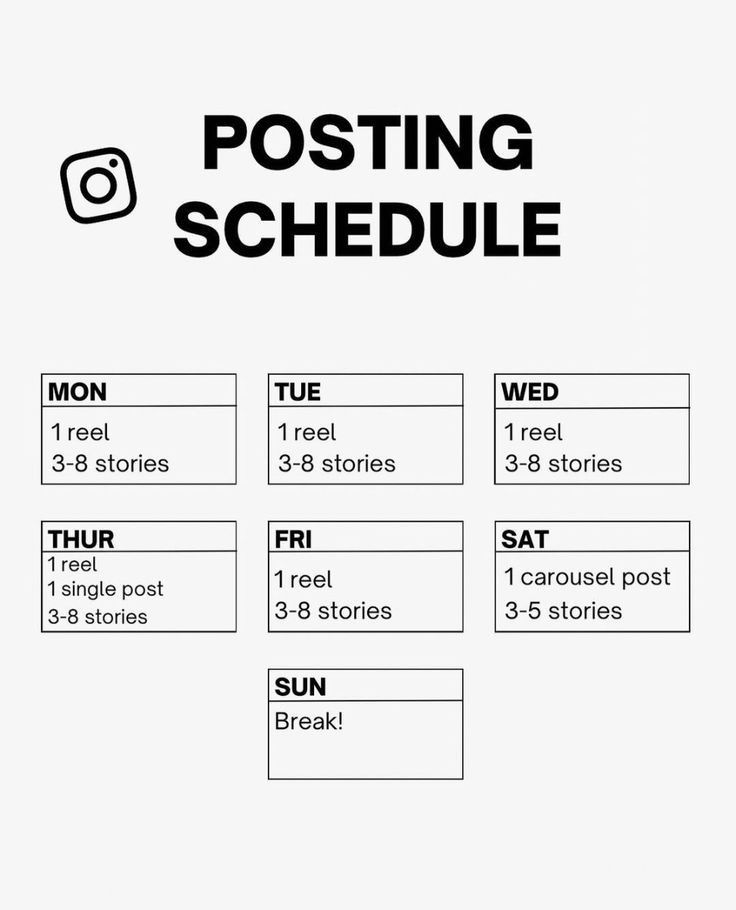
Analytics and Insights: Tracking Your Progress and Refining Your Strategy
In today’s data-driven world, understanding and leveraging analytics is no longer a luxury—it’s a necessity. This post will explore how data analytics can empower you to track your progress, refine your strategies, and ultimately achieve your business goals.
1. Introduction to Data Analytics: Setting the Foundation
- What is data analytics and its significance in modern business strategy: Data analytics is the process of examining raw data to draw conclusions about that information. It’s crucial for modern business strategy because it provides objective insights into customer behavior, market trends, and operational performance, enabling informed decision-making.
- How data-driven decisions lead to more effective outcomes: Data-driven decisions minimize guesswork and rely on evidence. By understanding what the data tells you, you can optimize processes, target your audience more effectively, and maximize your return on investment.
- The difference between analytics, reporting, and business intelligence: Reporting focuses on summarizing historical data. Business intelligence uses data to understand past performance and predict future trends. Analytics goes deeper, exploring why certain trends are occurring and providing actionable insights for improvement.
2. The Anatomy of Analytics: Understanding Metrics and KPIs
- Defining Key Performance Indicators (KPIs) and their role in tracking progress: KPIs are specific, measurable, achievable, relevant, and time-bound metrics that track progress towards business objectives. They provide a clear picture of performance and identify areas for improvement.
- Common metrics used across industries for measuring success: Common metrics include website traffic, conversion rates, customer acquisition cost (CAC), customer lifetime value (CLTV), churn rate, and revenue growth. The specific metrics you choose will depend on your industry and goals.
- How to select the right metrics for your unique goals: Start by defining your business objectives. Then, identify the metrics that will best measure progress toward those objectives. Ensure the metrics are relevant, measurable, and aligned with your overall strategy.
3. Tools of the Trade: Essential Analytics Platforms and Software
- Overview of popular analytics tools (e.g., Google Analytics, Tableau, SAS): Google Analytics is a popular web analytics platform. Tableau is a powerful data visualization tool. SAS is a comprehensive analytics suite for businesses. Many other tools exist, each with its strengths and weaknesses.
- Pros and cons of different analytics platforms: Consider factors like cost, ease of use, features, integration capabilities, and scalability when choosing an analytics platform.
- Tailoring tools to fit the needs of your organization: The best analytics tools are those that fit your specific needs and budget. Don’t be afraid to experiment and find the right combination of tools for your organization.
4. Interpreting Data: Turning Numbers Into Actionable Insights
- The importance of contextual understanding behind numbers: Numbers alone don’t tell the whole story. It’s crucial to understand the context behind the data to draw meaningful insights. For example, a drop in website traffic might be due to a seasonal trend, a competitor’s marketing campaign, or a technical issue.
- How to draw meaningful insights from raw data: Look for patterns, trends, and anomalies in the data. Ask “why” questions and explore the data from different angles. Use data visualization tools to help you see the big picture.
- Implementing feedback loops for continuous improvement: Use the insights you gain from your data to refine your strategies and improve your performance. Implement feedback loops to ensure that you are constantly learning and adapting.
5. Refining Your Strategy: Using Insights for Business Growth
- Translating insights into strategic decision-making: The ultimate goal of data analytics is to inform strategic decision-making. Use the insights you gain from your data to make informed decisions about product development, marketing campaigns, and other business initiatives.
- Case studies highlighting successful strategy refinement: Numerous case studies demonstrate how businesses have used data analytics to refine their strategies and achieve significant growth.
- Balancing short-term gains with long-term objectives: While it’s important to focus on short-term wins, it’s also crucial to keep your long-term objectives in mind. Use data analytics to find the right balance between short-term gains and long-term growth.
6. Future Trends in Analytics: Staying Ahead of the Curve
- Emerging trends in data analytics, such as AI and machine learning: AI and machine learning are transforming the field of data analytics, enabling businesses to automate tasks, make predictions, and gain deeper insights from their data.
- The shift towards real-time analytics and predictive modeling: Real-time analytics provides businesses with up-to-the-minute insights, allowing them to react quickly to changing conditions. Predictive modeling uses data to forecast future trends and anticipate customer needs.
- The role of big data in shaping future business strategies: Big data provides businesses with a wealth of information about their customers, markets, and operations. By leveraging big data analytics, businesses can gain a competitive edge and develop more effective strategies.
No Responses